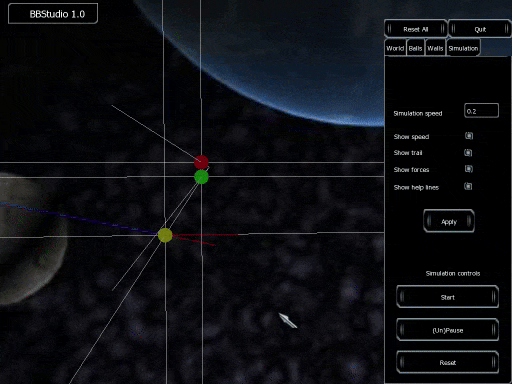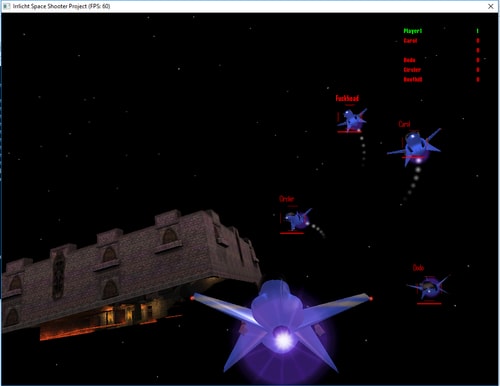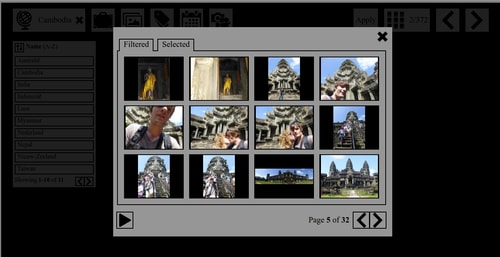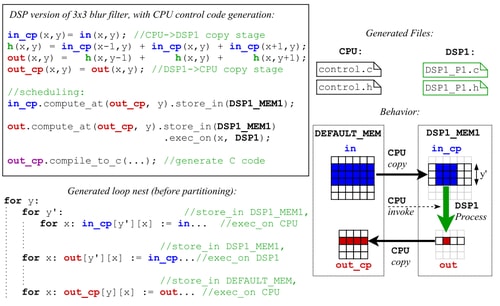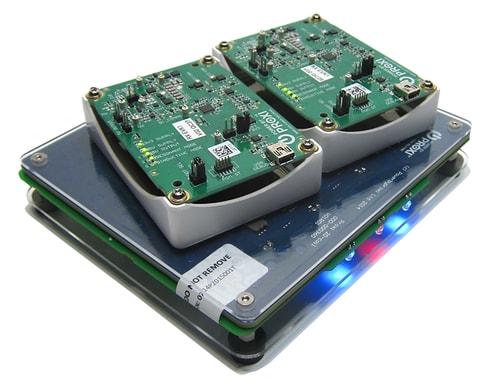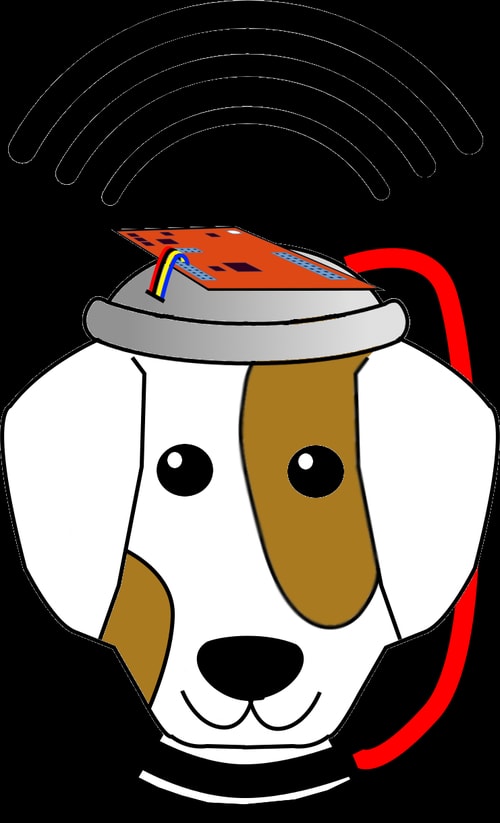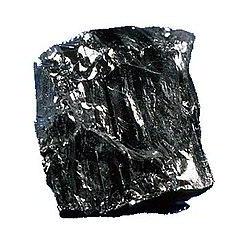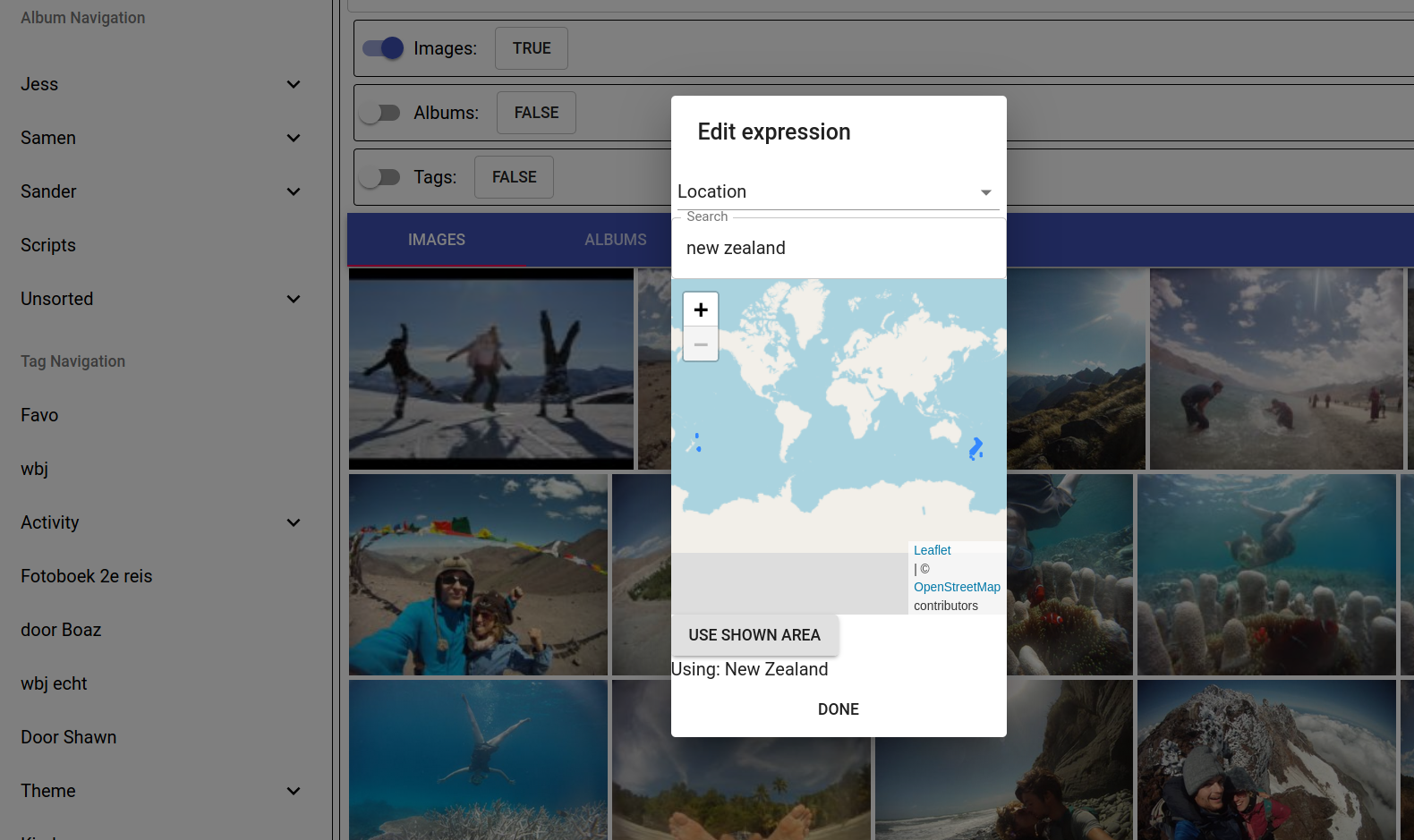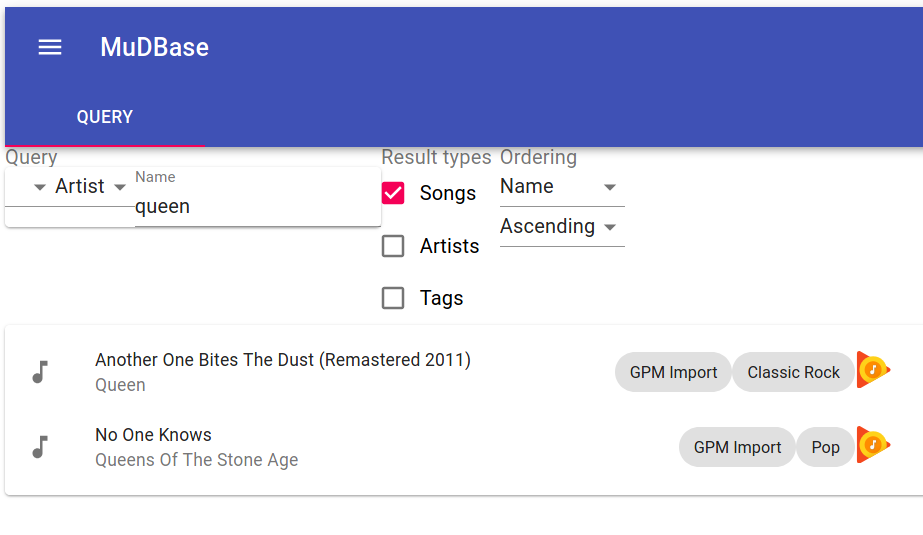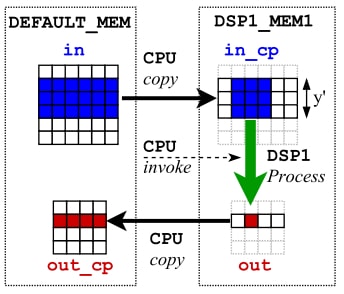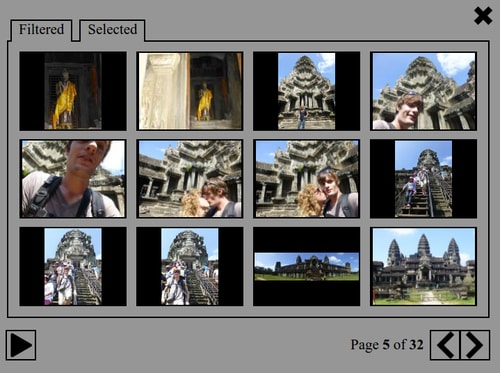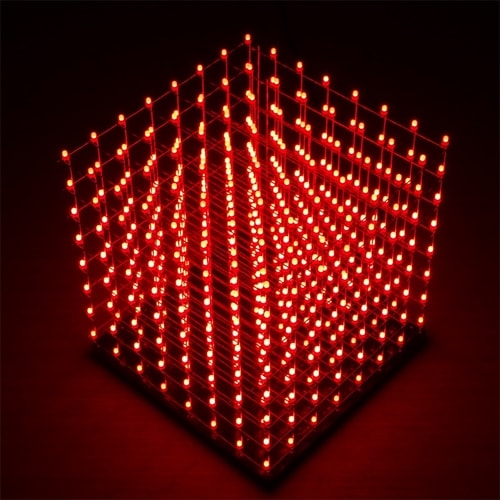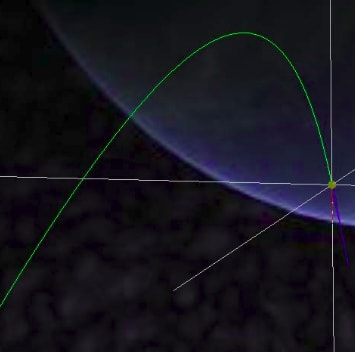×
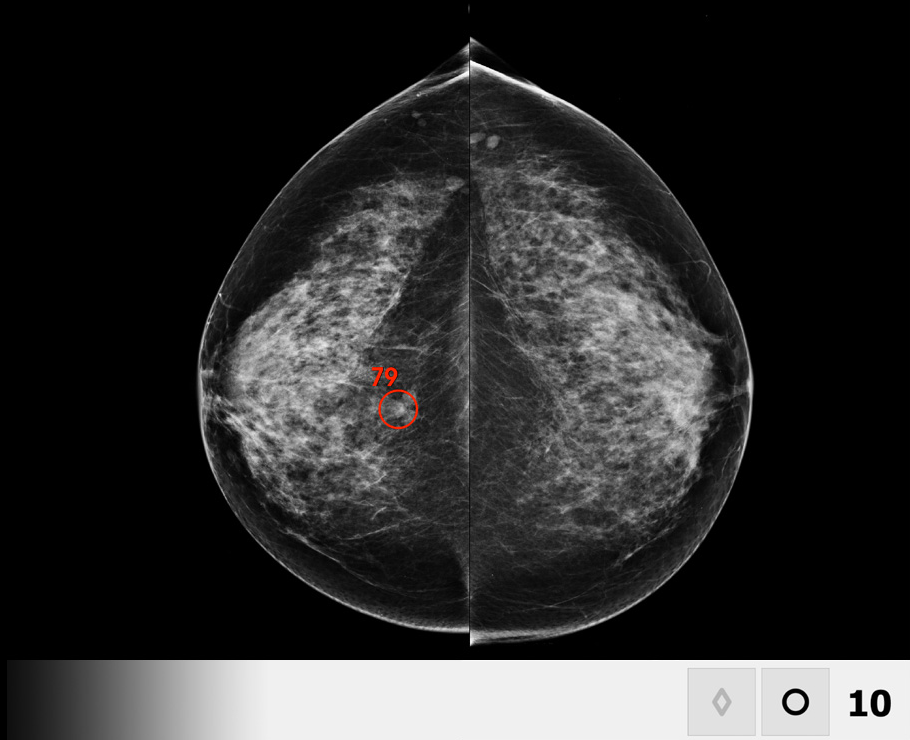

ScreenPoint Transpara
I have spent about three years at !!LINK!! Screenpoint Medical in Nijmegen, The Netherlands. ScreenPoint's sole product, Transpara, is an artificial intelligence tool capable of helping radiologists make more accurate diagnoses reading mammograms for breast cancer.
In a small team of developers I took on many hats. My activities included:
- Writing and optimizing image processing code in C++.
- Developing DICOM communications code in C++.
- Improving ScreenPoint's DevOps infrastructure.
- Developing Windows-based interactive medical image viewing applications.
While I am not free to publish details about these projects, I would be happy to provide some more details on request.
Keywords
C++11, DICOM, Python, DevOps, Docker
Available?
No. This is proprietary software, property of ScreenPoint Medical.
